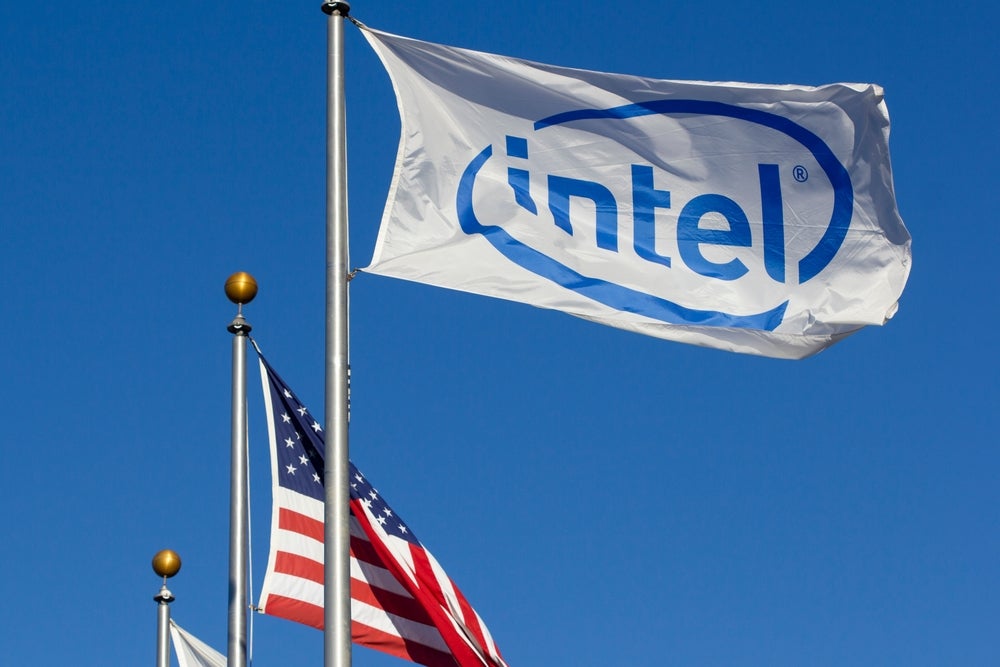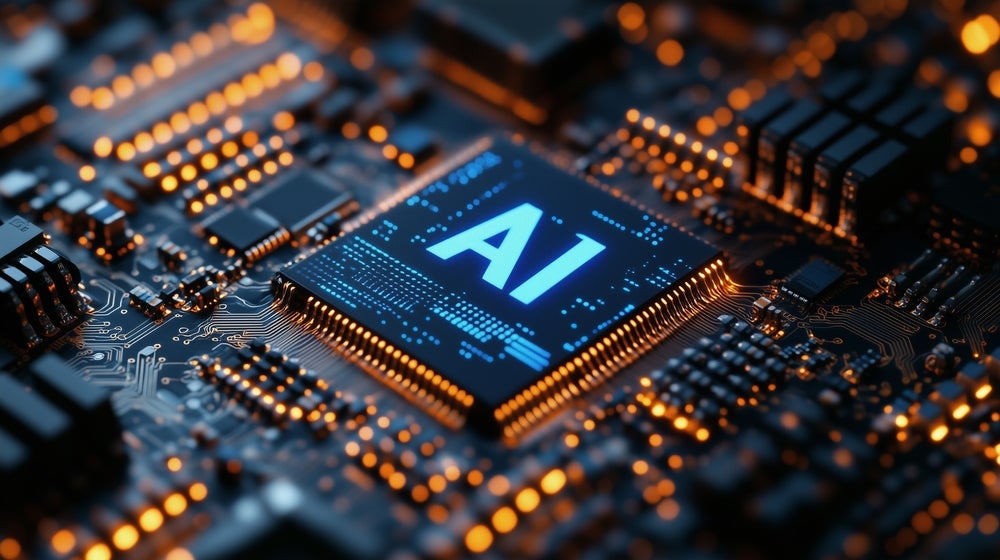Unity Software has filed a patent for an image processing system that allows for the insertion of images onto or relative to frames depicting objects of a geometric model. The system determines a point association for an object depicted in multiple frames, allowing for the mapping of image locations and the determination of corresponding locations in other frames. The patent claims have been canceled. GlobalData’s report on Unity Software gives a 360-degree view of the company including its patenting strategy. Buy the report here.
According to GlobalData’s company profile on Unity Software, AI-assisted repair estimation was a key innovation area identified from patents. Unity Software's grant share as of September 2023 was 36%. Grant share is based on the ratio of number of grants to total number of patents.
Image insertion onto frames in an image processing system
A recently filed patent (Publication Number: US20230281909A1) describes a computer-implemented method for processing image data. The method involves obtaining a first frame that represents a first image of a set of objects in a virtual scene space. An image insertion is obtained for inclusion onto the first frame, and an image insertion location is associated with it. The method then determines an attachment object set, which includes one or more objects that the image insertion is to track. This set also includes one or more depicted objects that are depicted in the first frame.
The method further involves determining a set of point associations, where each association represents the relationship between a first image location and object location coordinates. The first image location indicates the virtual scene space position of an origin point on the depicted object, while the object location coordinates indicate the object location of the origin point. These object reference coordinates are independent of any position changes in the virtual scene space. The set of point associations is then used to position the image insertion in a second frame other than the first frame.
In another aspect of the invention, the method determines an image insertion reference point on the image insertion and a corresponding location for this reference point in the first frame. The first frame is then modified to account for the image insertion relative to this corresponding location. The second frame is also modified to include the image insertion placed relative to a second location of the origin point in the second frame.
The patent also describes a non-transitory computer-readable storage medium that stores instructions for executing the method described above. These instructions cause a computer system to obtain the first frame, determine the image insertion and its position in the first frame, and use the set of point associations to position the image insertion in a second frame.
The computer system described in the patent includes at least one processor, storage for the attachment object set and image insertion location, and a computer-readable medium storing the instructions for executing the method.
Overall, this patent describes a computer-implemented method and system for processing image data, specifically for positioning image insertions onto frames of a virtual scene space. The method and system utilize point associations and attachment object sets to accurately position the image insertions in different frames.
To know more about GlobalData’s detailed insights on Unity Software, buy the report here.
Data Insights
From

The gold standard of business intelligence.
Blending expert knowledge with cutting-edge technology, GlobalData’s unrivalled proprietary data will enable you to decode what’s happening in your market. You can make better informed decisions and gain a future-proof advantage over your competitors.







